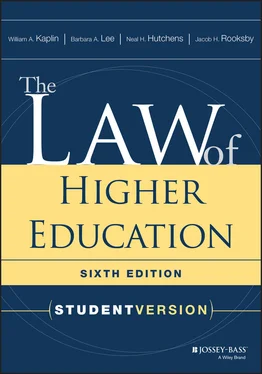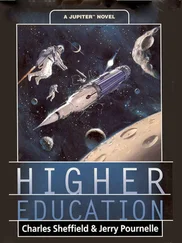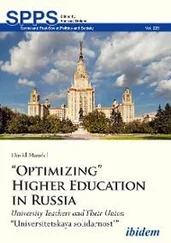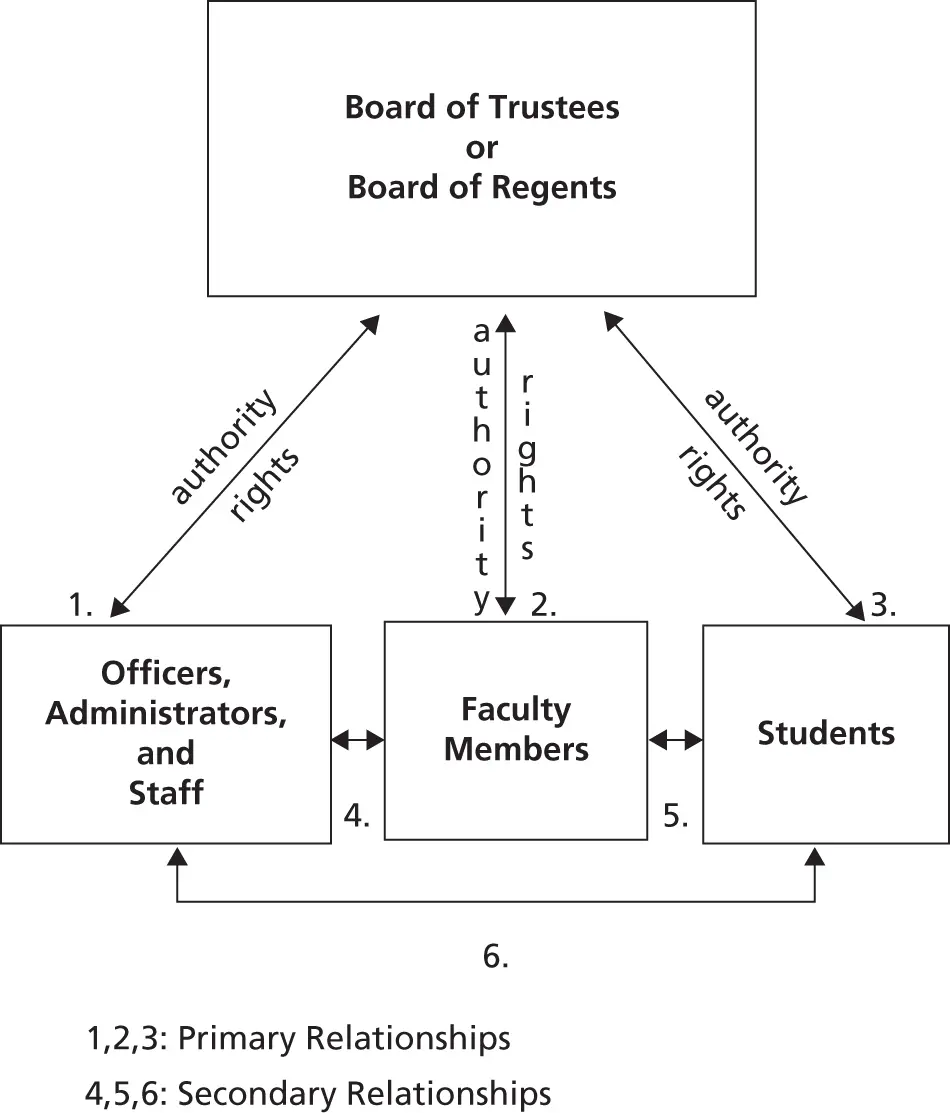
Figure I.3 Internal Legal Relationships in Higher Education Institutions
The three primary legal relationships depicted in Figure I.3typically are the primary focus of higher education law. Chapters 3and 4of the Student Version focus on the legal relationships between the institution (board) and its officers, administrators, and staff. Chapters 5and 6focus on the legal relationships between the institution (board) and its faculty; and Chapters 7through 10focus on the legal relationship between the institution (board) and students. In addition, the institution has legal relationships with the outside world—for example, with government agencies, private education associations, and corporate research partners and other commercial entities. These external relationships are depicted in Figure I.4and are addressed in Chapters 11and 12. For external relationships, as for internal, there are also secondary relationships that may develop between external entities and the institution's officers, administrators, staff, faculty members, or students. For example, a government agency may award a student financial assistance, thus creating a legal relationship between the agency and the student with respect to the conditions for retaining the assistance. These secondary external relationships are not depicted in Figure I.4.
External relationships often intersect with and help define the relationships that are directly depicted in Figure I.4. The rights that faculty members may assert against their institutions (boards), for example, such as rights to nondiscrimination in employment, are created in part by federal law; and the federal government's obligation to enforce this external law (see Section 5.4.1 of this book) creates a legal relationship between the federal government and postsecondary institutions.
In the study of higher education law, it is important to look for these various legal relationships and to sort them out as best one can. Thus, whenever analyzing a judicial opinion or addressing a legal problem, it will be helpful to determine not only what sector of the education law universe is implicated, what governance structure or process is involved, and what source(s) of law applies (see Sections A, B, and C above) but also what legal relationship(s) is at issue and how it helps to define the contours of the dispute.
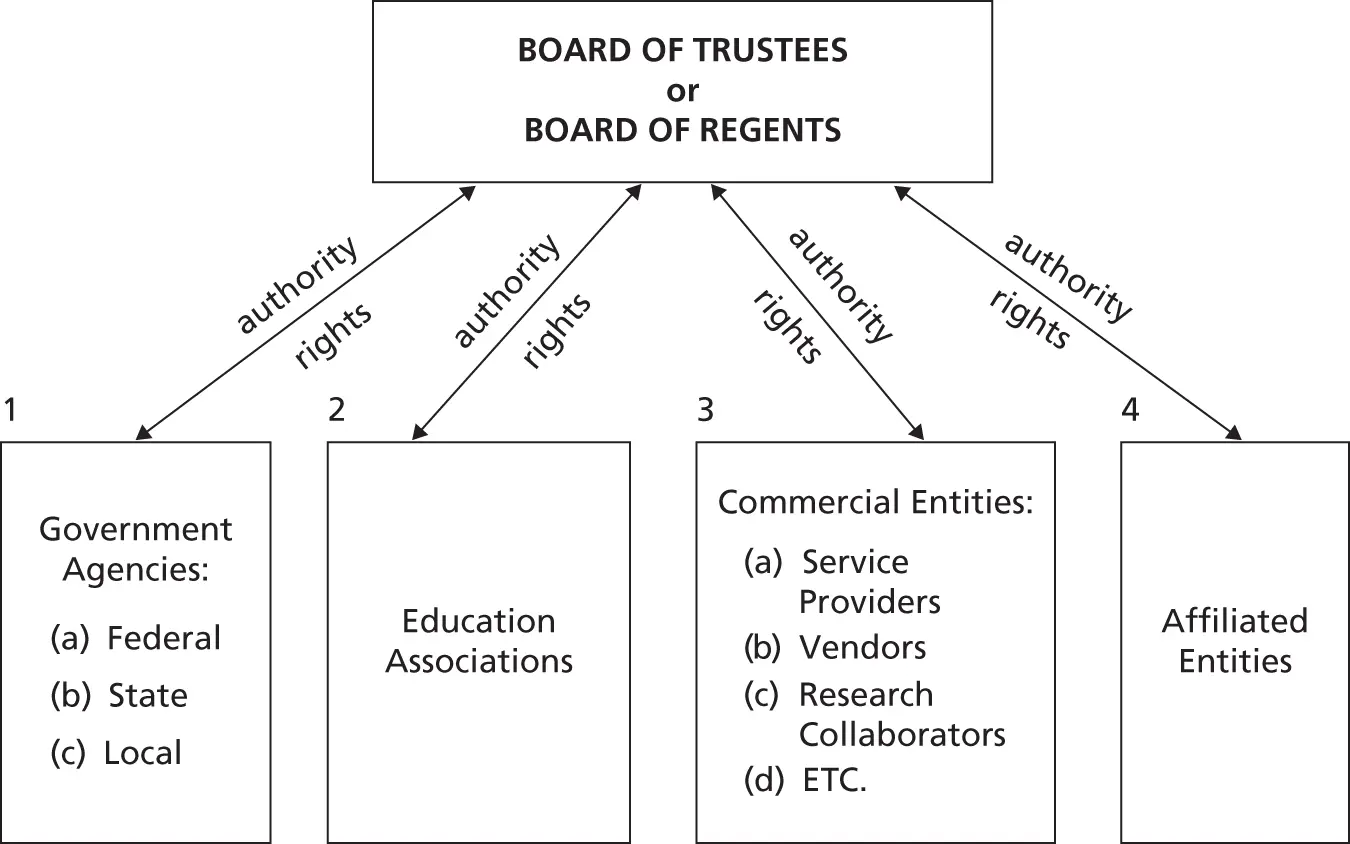
Figure I.4 External Legal Relationships in Higher Education Institutions
E. The Law/Policy Distinction
In addition to the various distinctions addressed in Section A– Dabove, there is another overarching distinction between legal issues and policy issues that students must take into account when studying higher education law. As explained in Section 1.7of this book, legal issues are stated and analyzed using the norms and principles of the legal system, while policy issues are stated and analyzed using norms and principles of administration and management, the social sciences and physical sciences, and other relevant disciplines.
It is important to sort out these varying norms and principles when analyzing judicial opinions or addressing particular problems. Thus, in addition to considering the legal issues that are presented by the case or problem, one may also ask, “What are the educational policy or public policy issues presented?” and “How do the legal issues and policy issues relate to one another?” Law students and lawyers may, and do, think about and react to legal issues differently from education students, educators, and administrators; and the same may be said for policy issues. Among the most practical insights that may come from a higher education law course or workshop are these insights concerning respective norms and roles, and the ways in which administrators, educators, and attorneys may be guided by these norms and roles in working together on matters with legal ramifications.
F. The U.S. Legal System As It Relates to Higher Education Law
The law applicable to higher education emerges from both the context of federalism (the division of powers between federal and state governments) and the context of separation of powers (the allocation of powers among the legislative, executive, and judicial branches of government). Legal issues concerning higher education may thus arise not only in the courts (state courts and federal courts) but also in Congress, state legislatures, and local government legislative bodies, and in a wide variety of federal, state, and local administrative agencies—all of which are important participants in the “external” governance of higher education (see Section Babove). Similarly, legal disputes and problems may be resolved not only in judicial opinions but also in statutesand ordinances, and in administrative regulationsand rulings. It is important, therefore, for students studying higher education law to have a basic understanding—in relation to higher education's concerns—of the U.S. legal system, the system of courts that is a constituent part of the legal system, the use of court cases as legal precedents, the roles of lawyers within the legal system, and the legal materials and research tools by which one accesses the law developed through the legal system.
Various sections of Chapters 1and 2of the Student Version include basic introductory background on these matters. Some of the legal concepts and descriptive material in these chapters may already be generally familiar to law students and lawyers, who may use this material for review and to sensitize themselves to the particular concerns of higher education. Students and educators without legal training or background, on the other hand, should find the material in Sections 1.3.3, 1.5.1, and 1.6.1to be especially helpful. Sections 1.3.3, 1.5.1, and 1.6.1provide basic information on the U.S. legal system; Sections 1.4.4, 2.1.4, and 2.2.1provide basic information on the U.S. court system; Sections 1.7and 2.1.7provide basic information on the roles of attorneys; Sections 1.4.2, 1.4.4, and 1.4.5provide basic information on “case law” and other legal materials and research tools. In addition, Sections 11.1, 11.2.1, and 11.3.1 of this book, taken together, describe the constitutional structure of federalism as it applies to higher education. In addition, Appendix Aof this book, “The Constitution of the United States: Provisions of Particular Interest to Postsecondary Education,” provides an overview of the U.S. Constitution, which is the foundation and framework for the entire U.S. legal system; Appendix B, “The Judicial System of the United States,” provides an organizational overview of the federal and state courts; and Appendix C, “Reading and Analyzing Judicial Opinions,” provides an introduction to the study of case law.
For further information on these matters geared specifically to education students and educators, but also of use to law students and lawyers, see Sarah Redfield, Thinking Like a Lawyer: An Educator's Guide to Legal Analysis and Research (Carolina Academic Press, 2002), a resource that focuses directly on education students' and educators' interactions with law and lawyers; and Steve Permuth, Ralph Mawdsley, and Susan Silver, Research Methods for Studying Legal Issues in Education, 2d edition (Education Law Association, 2015), which addresses qualitative and quantitative methods as well as policy-oriented methods for research in education law. For other helpful resources, see the following publications:
Читать дальше
